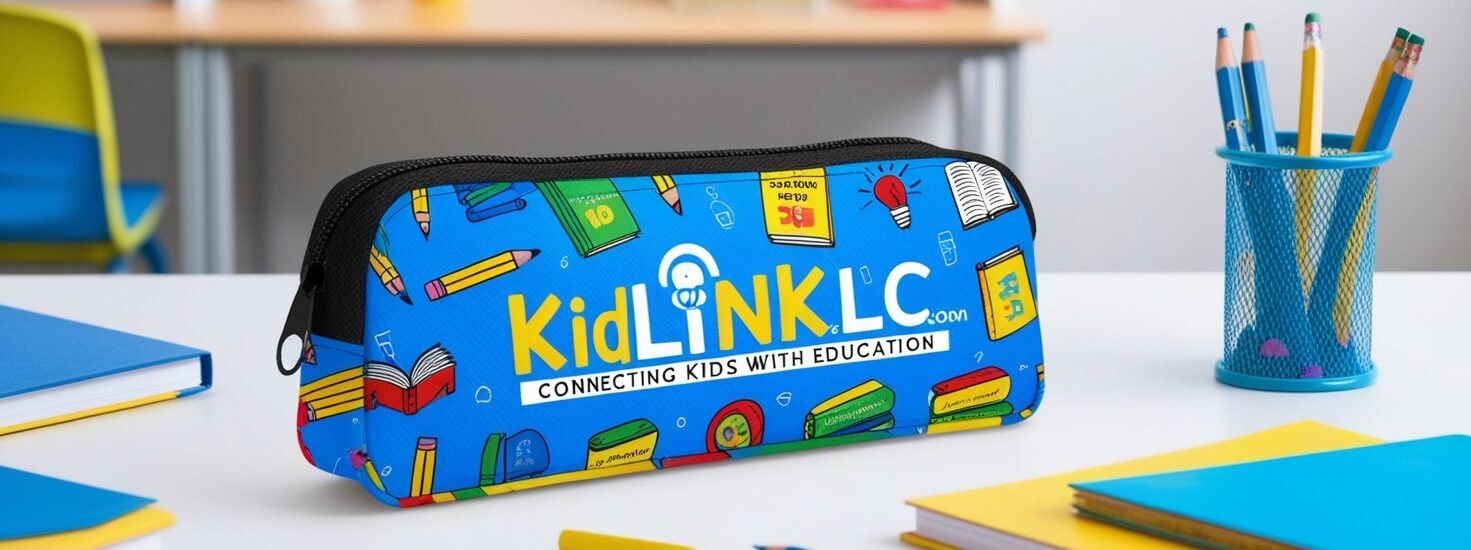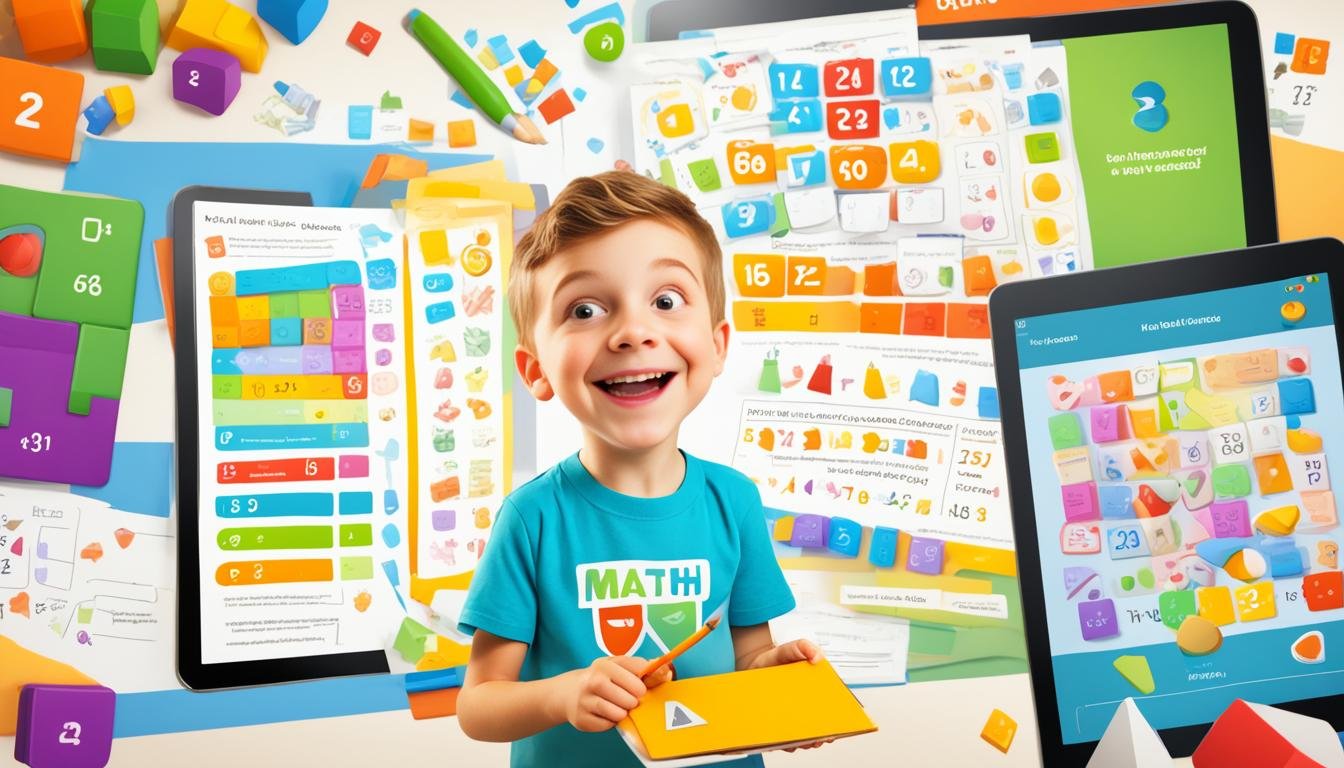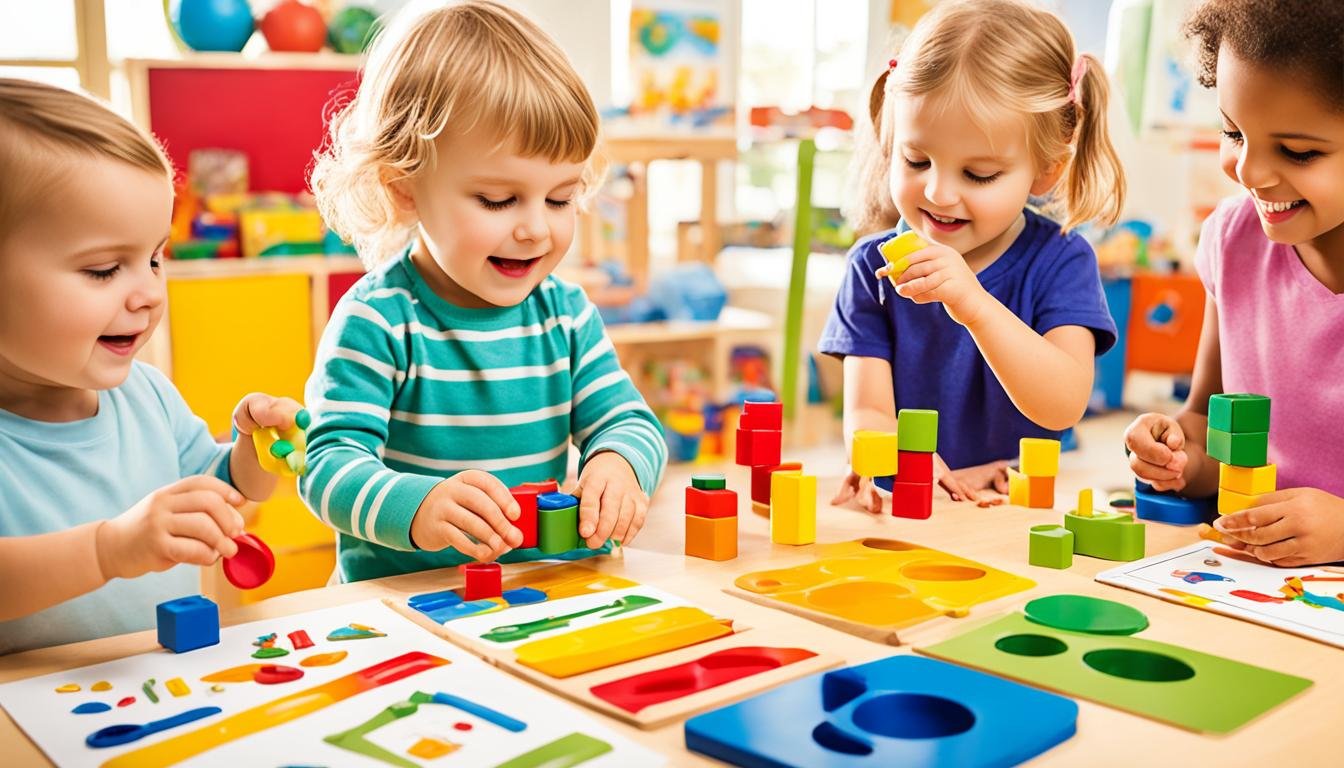Have you ever thought about why many kids don’t like math? What if making math fun could change that? It’s key to make math engaging for kids to help them love learning. By using interactive games and fun challenges, we can make math exciting.
We need to change how we teach math, making it more hands-on and real-life related. This helps kids feel confident and connected to math. In this article, I’ll share ways to make math fun and effective. For more tips on making math enjoyable, check out this resource.
Key Takeaways
- Transform math learning through interactive activities.
- Utilize educational math games to enhance engagement.
- Encourage hands-on experiences for practical understanding.
- Incorporate real-world applications to make learning relatable.
- Foster a growth mindset in children for overcoming challenges.
Understanding the Importance of Making Math Fun
Engaging children in math can change their school experience. When kids use fun math resources, they start to like learning math. This makes them want to dive into the subject instead of avoiding it.
Using fun methods to learn math makes learning exciting. I’ve seen how new ways of teaching math can spark excitement. By making complex ideas simple through games or activities, students get more eager to join in.
Fun math education does more than just help with grades. Kids who enjoy math lessons remember more and use their skills in everyday life. So, making math fun really helps make their learning better.
| Benefits of Making Math Fun | Impacts on Learning |
|---|---|
| Increased Engagement | Higher participation rates in lessons |
| Improved Conceptual Understanding | Better retention of mathematical concepts |
| Enhanced Problem-Solving Skills | Ability to tackle real-life math challenges |
| Encouragement of Lifelong Learning | Increased curiosity about mathematics and its applications |
Identifying Common Reasons Kids Dislike Math
It’s important to know why kids don’t like math to make learning better. Every child is different, but some common reasons can make them dislike math. Things like math anxiety, bad teaching methods, or not seeing how math applies to real life can make a difference.
Fear and Anxiety Related to Math Performance
Many students fear making mistakes or not doing well on tests. This fear stops them from wanting to learn math. The push to do well can make them avoid math even more. We need to understand this fear to help them feel more secure and interested in math.
Boredom with Traditional Teaching Methods
Traditional teaching methods can be dull for many kids. Just doing the same drills and listening to lectures doesn’t spark their interest. Adding more interactive and relevant lessons can make math more exciting and meaningful.
Lack of Real-World Connections
Math without real-life examples can seem pointless. Kids might not see how math helps them in daily life, so they lose interest. Making math relevant by showing how it applies to everyday situations can help. Tools like Prodigy Math and KidLinkLC make math fun and useful.
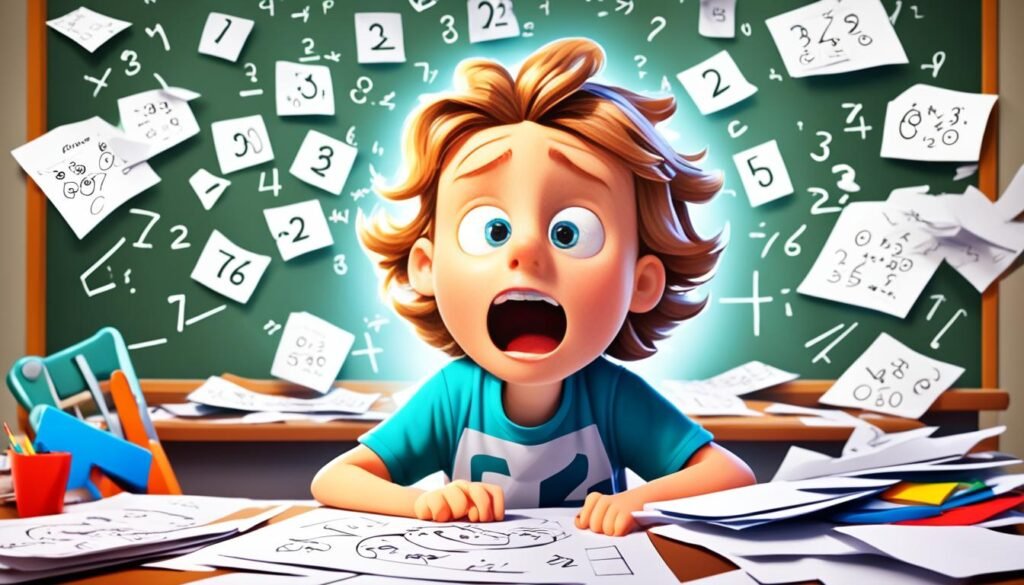
Using Games to Make Math Fun and Engaging
Adding games to math lessons makes learning fun and engaging. It simplifies complex ideas and promotes teamwork among students. Let’s explore some effective math games for kids.
Types of Math Games for Kids
There are many types of math games, fitting different classroom needs. Digital tools like Prodigy and SplashLearn offer interactive math experiences. Traditional games such as BINGO, card games, and scavenger hunts are also great and easy to use.
Incorporating Educational Math Games into Learning
Adding fun math games to lessons boosts student motivation and participation. These activities encourage teamwork and turn math into a fun competition. For more ideas on classroom activities, check out this resource.
Creative Approaches to Teaching Math
Using creative methods in math teaching can make students more interested. Hands-on math learning lets kids touch and explore math ideas. This hands-on approach helps them understand and remember math better. Adding art and music makes learning math fun and complete.
Hands-on Activities for Better Engagement
Hands-on activities are key to innovative math teaching strategies. Kids can build shapes with clay or measure with cups to learn math. These activities turn hard math ideas into real experiences, making math exciting. Here are some great hands-on activities:
- Creating 3D shapes using straws and marshmallows.
- Organizing a scavenger hunt that requires measurement of various objects.
- Utilizing board games that involve counting and strategizing.
Integrating Art and Music into Math Lessons
Adding art and music to math lessons makes learning special. Activities like rhythm games teach fractions, and art shows geometric shapes. This mix helps students see math in a new way and makes them want to learn more. I often use playful strategies like drawing to help solve math problems or songs to remember multiplication tables. This mix of creativity and math makes students curious and excited.

| Activity Type | Description | Math Concepts Taught |
|---|---|---|
| 3D Shape Creation | Building shapes using clay and sticks. | Geometry |
| Measurement Scavenger Hunt | Finding and measuring various household items. | Measurement and Proportions |
| Fraction Songs | Creating rhythmic songs to teach fractions. | Fractions |
| Visual Art Projects | Drawing geometric shapes and patterns. | Geometry and Symmetry |
Using these creative math tools and strategies makes math fun and engaging in class. Students learn to love math and feel more confident in their skills.
Resourceful Math Tools and Technology
In today’s digital age, using math tools and technology can make learning math more engaging. These tools help teachers connect with students better. This leads to a more enthusiastic way of learning math.
Interactive Math Activities and Apps
Interactive math activities change the way we learn. Apps like Moose Math and Prodigy are great for personalized practice. They make math fun and engaging for kids.
These apps help kids remember math concepts better and gain confidence. For more tool recommendations, check out this list of apps and online tools.
Using Visual Aids and Picture Books
Visual aids make complex math concepts easier to understand. Tools like charts and graphs are great for this. Picture books that include math stories can also capture kids’ interest.
They make learning math through stories fun. Using pictures and stories helps kids connect with the material on a deeper level.
| Math Learning Tool | Type | Age Group | Purpose |
|---|---|---|---|
| Moose Math | App | 5-8 years | Basic math skills |
| Prodigy | Game | 8-12 years | Curriculum-aligned learning |
| Happy Numbers | Website | K-5 years | Conceptual understanding |
| Zearn | Platform | K-5 years | Comprehensive math curriculum |
| Fraction Talks | Activity | Varied | Visualizing fractions |
Using technology with interactive math activities creates a positive learning space. Students get excited about math. These tools make math a fun experience, not just a subject.
Creating an Interactive Math Environment
Making math fun and interactive helps students learn better and stay interested. Group activities are great for sharing ideas and solving problems together. This way, learning math becomes a team effort.
Encouraging Collaboration Through Group Activities
Group work makes students want to help each other out. They learn to solve math problems as a team. This not only helps them understand better but also makes learning fun.
Pairing students boosts their social skills and helps them learn faster. They share their thoughts and teach each other, making math fun and interactive.
Using Real Objects to Teach Math Concepts
Using real things like measuring cups or toys makes math more real. These objects help students connect abstract ideas to the real world. It makes learning math more exciting and clear.
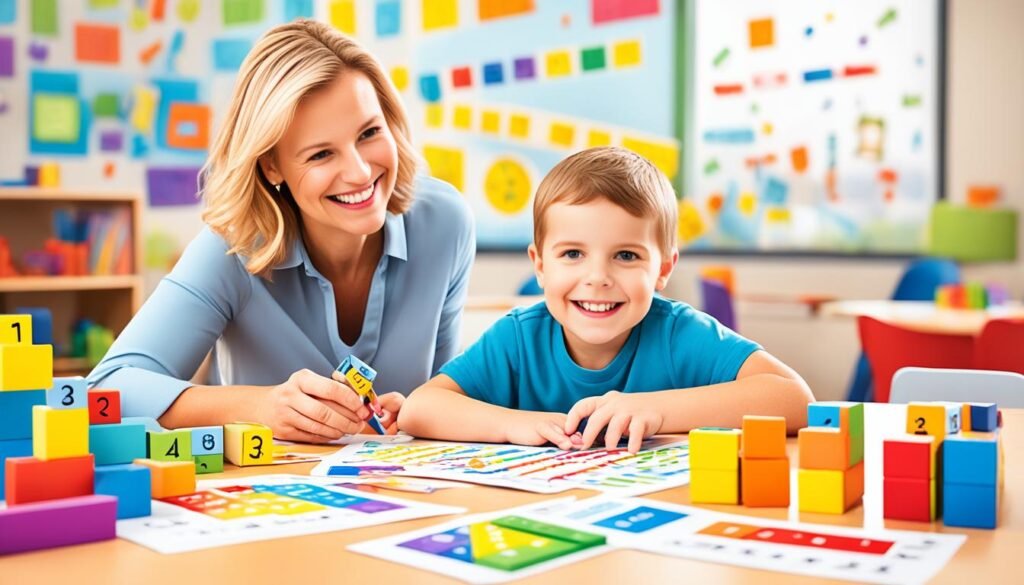
Adding real items to lessons makes them more engaging. Students see how math applies to their lives. This makes math easier and less scary.
Encouraging students to explore and interact with the material is key. It makes learning math a rewarding experience.
For privacy concerns, it’s good to know how data is handled. Check out data collection policies to ensure a safe learning space.
Make Math Fun and Engaging Through Real-Life Applications
Adding real-life math to learning makes complex ideas easier to understand. Kids get more involved when they see math in everyday tasks. For example, planning a family trip teaches them basic math and how money works.
Creating fun math lessons means using real-world examples. When kids plan a garden, they learn about area and perimeter by doing it. This makes them feel more connected to their learning and shows how math is key in everyday life.
Using everyday situations teaches kids important skills for life. Showing math in activities like cooking, shopping, or fixing up the house helps them see its importance. This keeps them interested and shows them how math will help them in the future.
| Activity | Math Concepts | Real-Life Skill |
|---|---|---|
| Budgeting for a Trip | Addition, Subtraction | Financial Literacy |
| Cooking Recipes | fractions measurements> | Measuring and Proportions |
| Planting a Garden | Area, Perimeter | Spatial Awareness |
| Home Renovation Projects | Geometry, Estimation | Problem-solving Skills |
Building a Growth Mindset in Children
Helping children develop a growth mindset in math can change how they see the subject. By making math exciting, we can turn it from a scary challenge to a chance for growth. It’s important to praise their hard work, not just their results. This makes them more eager to tackle tough tasks confidently.
Using smart math strategies can help build this mindset. Letting students see mistakes as chances to learn makes them more resilient. By giving them a safe space to try new things, they feel free to take risks. Working together and doing open-ended tasks helps them learn from each other.
There are resources like tips on growing mindsets that offer more ways to make learning math fun. A supportive classroom shows each student that their progress counts, boosting their motivation.
Here is a table summarizing key strategies for fostering a growth mindset in math:
| Strategy | Description | Benefits |
|---|---|---|
| Value Mistakes | Encourage students to see errors as learning opportunities | Promotes resilience and encourages risk-taking |
| Collaboration | Implement group activities where students can share ideas | Enhances understanding through peer learning |
| Open-Ended Tasks | Provide problems that allow multiple approaches and solutions | Encourages creativity and critical thinking |
By using these strategies, I aim to help children not just get through math, but enjoy the process. These methods help them see math as full of possibilities, not just problems. For more details, checking out the resource terms is a good idea.
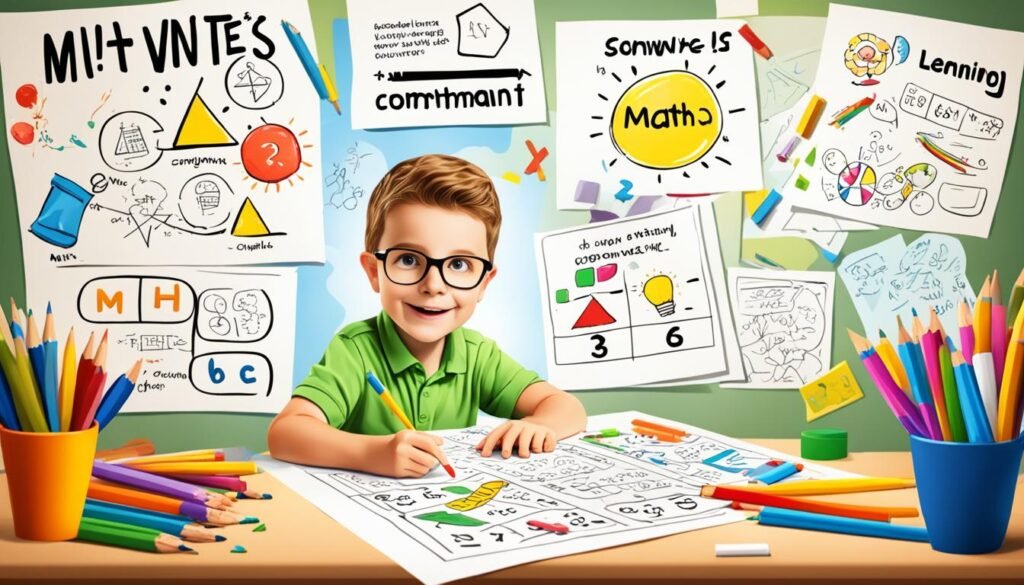
Developing Routines That Keep Students Engaged
Setting up good learning habits is key to keeping students interested and understanding math better. Being consistent in class helps students feel secure and encourages them to dive into the material. Adding engaging math teaching techniques to these habits makes learning more fun.
The Importance of Consistency in Learning
Regular learning habits act as a guide for students in math. When they know what to expect, they’re more likely to join in and feel sure of themselves. This helps build a strong base for understanding and mastering math, leading to better grades.
Using Positive Reinforcement to Encourage Participation
Positive feedback is crucial in motivating students. Praising their hard work, even with small rewards, makes learning a positive place. I’ve seen how simple words of praise can lift a student’s spirits and make them want to learn more. Combining this with consistent learning routines helps students do well in math.
Fostering a Supportive Learning Environment
Creating a supportive learning space boosts students’ confidence and makes them more eager to dive into math. By making a safe place for questions and mistakes, we cut down on anxiety. This helps create a positive space for learning. It also sets the stage for peer collaboration in math, where students feel free to share their thoughts and methods.
Creating a Safe Space for Questions and Mistakes
A classroom that welcomes questions encourages curiosity and growth. When students understand that mistakes are part of learning, they’re more likely to take chances. In such an environment, I push for encouraging math dialogue at every step of the learning process. This dialogue not only clears up confusing concepts but also helps students support each other in math.
Encouraging Peer Support and Teamwork
Boosting peer collaboration in math improves social skills and builds community. Group activities let students share their knowledge and tackle problems together. In this team setting, they learn from each other and sharpen their critical thinking. By valuing teamwork, we show that math is about the connections we make with others, not just the numbers.
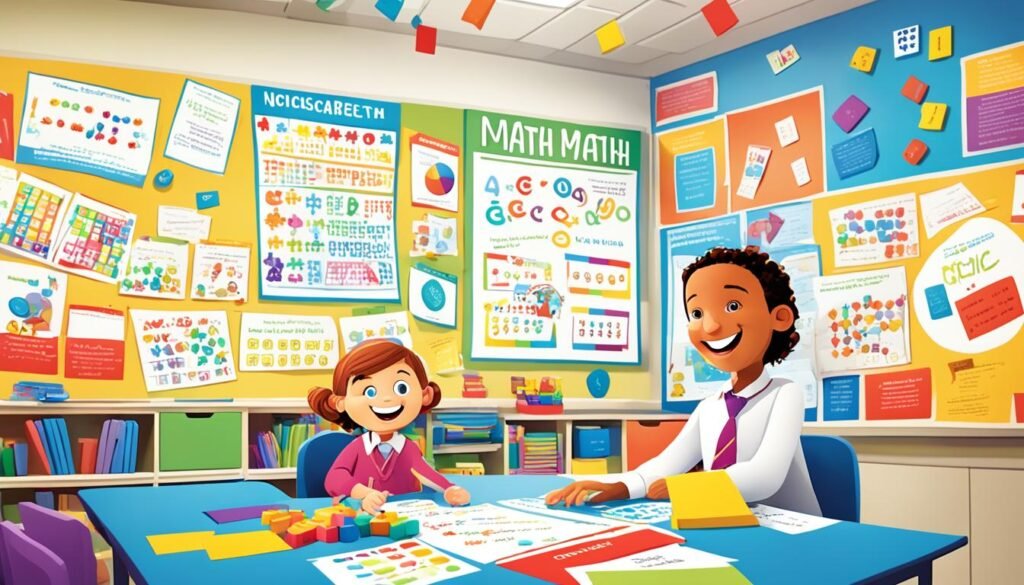
Exploring Innovative Math Activities
In my experience, using new teaching methods changes how students learn math. Activities like treasure hunts or math-themed escape rooms make learning exciting. These activities make math real and fun by using hands-on learning.
Outdoor problem-solving challenges also make learning math more exciting. Students learn outside the classroom, making math relevant and enjoyable. These group activities help students work together and understand math better.
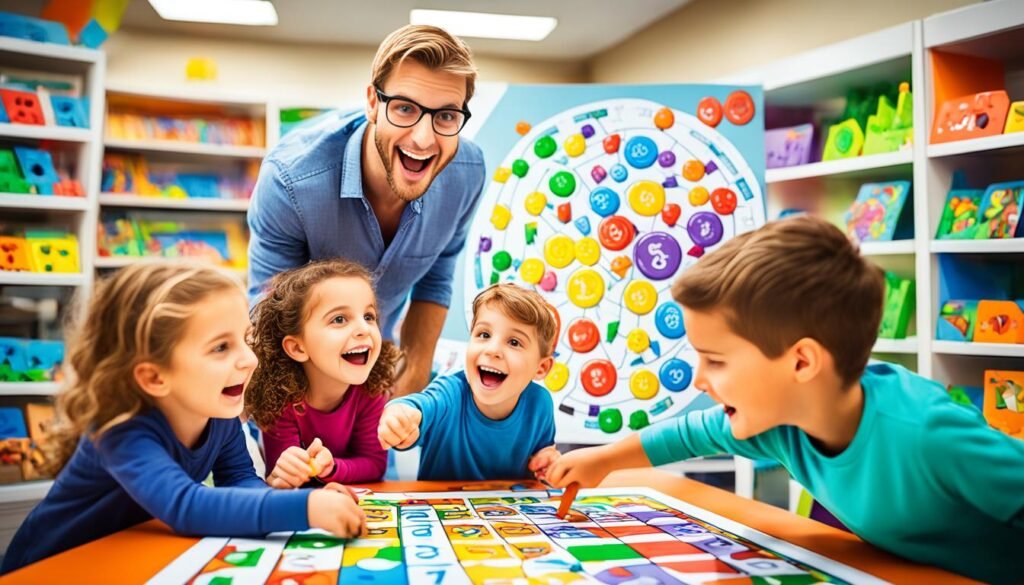
These methods show that math learning goes beyond just textbooks. By offering fun math activities, I help my students love math. They see math as a field full of possibilities, not just a subject.
Engaging Math Challenges for Kids
Engaging math challenges can make learning fun and exciting for kids. By adding math competitions and seasonal activities, I create a place where students want to dive into math. These activities boost learning and build a sense of achievement and teamwork among students.
Fun Math Contests and Competitions
Joining math competitions can really boost kids’ interest in math. These contests offer fun math exercises that challenge students and improve their critical thinking and problem-solving skills. I’ve seen how these competitions spark enthusiasm and create a friendly rivalry. Kids learn to tackle challenges and celebrate their wins, no matter how small.
Incorporating Seasonal Themes and Holidays
Adding seasonal themes and holidays to math lessons keeps learning fresh and interesting. For instance, I can create math problems tied to Halloween, Christmas, or the Fourth of July. These activities capture kids’ attention and help them see math in a fun way. Each holiday brings new chances for creative problem-solving, making math fun all year.
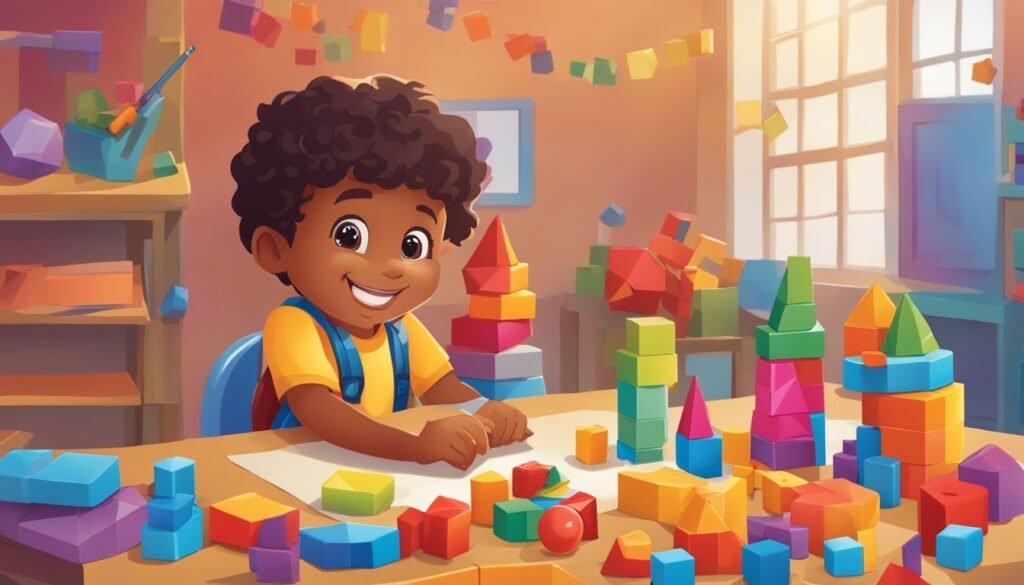
| Season | Theme | Math Activity Idea |
|---|---|---|
| Spring | Easter | Egg hunt with math problems at each station |
| Summer | Independence Day | Creating patterns with fireworks shapes |
| Fall | Halloween | Counting candy and solving related word problems |
| Winter | Christmas | Using ornaments for addition and subtraction exercises |
By mixing fun math exercises with competitions and seasonal activities, I offer a full way to boost my students’ math skills. This approach makes learning both enjoyable and engaging.
Communicating with Parents about Math Learning
Talking with parents is key to making math learning stick at home. It’s important to have clear ways to talk with parents. This helps families know how they can help their child learn better.
Sharing what kids are learning in math regularly helps parents get involved. This makes learning at home a supportive place.
Sharing Resources and Strategies with Families
Sharing educational math resources lets parents help their kids at home. Giving specific tips can make them more involved. For instance, I might suggest math games or real-life examples that show how math is used.
This helps link what kids learn in class to what they do at home. It makes learning math more meaningful.
Using good ways to talk with parents can ease their concerns. It makes them feel they can handle math topics. Working together with families creates a great place for learning.
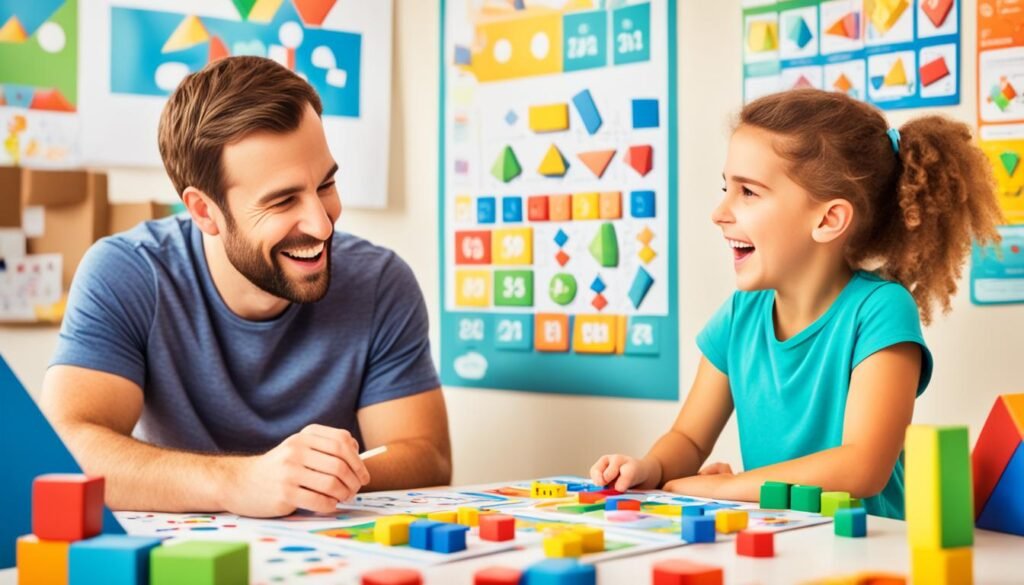
The Role of Encouragement and Positive Feedback
Encouragement and positive feedback are key in shaping how kids see math. When I use *positive reinforcement in math education*, small wins can really boost a child’s attitude. I celebrate these small wins to help kids develop a *growth mindset*. This approach builds their confidence and resilience.
Using *motivational strategies for kids* makes learning more fun. For example, games and interactive lessons get kids excited and improve their performance. Giving supportive comments boosts their morale and makes them more interested in learning. It’s about praising their effort, not just right answers.
It’s important to use effective *math encouragement techniques* every day. I often use visual reminders like star charts to show kids their progress. Each star on the chart is a step forward, motivating them to take on bigger challenges.
With a focus on encouragement and positive feedback, learning becomes a rewarding experience for kids. They feel valued and motivated. This approach helps create a supportive environment that improves *mathematical understanding* and keeps kids engaged over time.

Conclusion
Making math fun for kids takes a mix of creativity, connection, and support. Using engaging lessons, games, and real-life examples can change how kids see math. These methods help kids understand and appreciate numbers and solving problems better.
Teaching kids to handle math challenges boosts their grades and confidence. A supportive environment encourages curiosity and resilience. Remember, enjoying the math journey is just as crucial as the end goal, leading to a lifelong love for learning.
By using different teaching methods and celebrating small wins, we help students become great at math. Let’s start this journey together, making sure every child finds joy in math.
